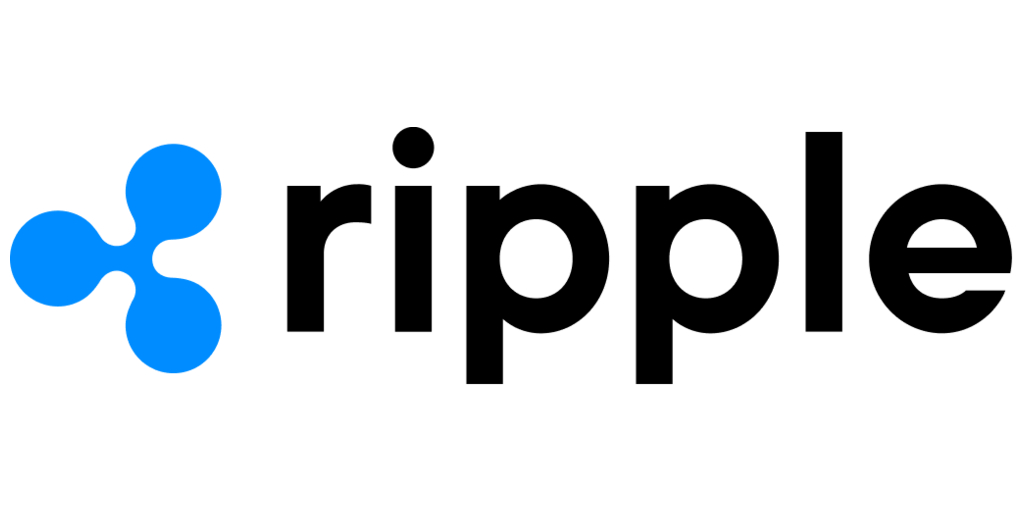
Ripple to Integrate Ethereum-Compatible Smart Contracts on XRP Ledger
In a move set to reshape the blockchain landscape, Ripple has announced plans to introduce Ethereum-compatible smart contracts to the XRP Ledger (XRPL). This strategic development aims to enhance the platform’s programmability and attract a broader base of developers, potentially elevating XRPL’s status in the competitive world of decentralized finance (DeFi).
Dual Approach to Smart Contract Integration
Ripple’s approach to implementing smart contracts is twofold. Initially, the feature will be deployed on the XRPL Ethereum Virtual Machine (EVM) sidechain, developed in collaboration with blockchain firm Peersyst. This sidechain is expected to go live in the coming months, providing a familiar environment for developers accustomed to Ethereum-based smart contracts.
The second phase, still in the research stage, will introduce smart contracts to the XRPL mainnet. While no definite timeline has been provided for this mainnet deployment, Ripple has indicated that the momentum for increasing XRPL’s programmability will accelerate in 2025.
Expanding XRPL’s Capabilities
The integration of smart contracts is expected to significantly expand XRPL’s functionality beyond its current focus on cross-border payments. This enhancement will enable developers to create more complex applications, including decentralized exchanges (DEXs) and token issuance platforms, directly on the XRPL ecosystem.
A key feature of the XRPL EVM sidechain is its ability to leverage the Axelar network as a bridge, facilitating seamless transactions between the XRPL EVM sidechain, the XRP Ledger, and over 55 other blockchains. Wrapped XRP (eXRP) will serve as the primary token on this sidechain, acting as both the native asset and gas token for transactions.
Impact on the XRP Ecosystem
The introduction of smart contracts could potentially reshape the XRPL ecosystem by attracting more developers and expanding its use cases. Ripple CEO Brad Garlinghouse noted that the programmability of the XRP Ledger is “something the XRP community has rightly been asking for.”
This development comes as XRP, the native token of the XRP Ledger, has shown positive price action, breaking past key resistance levels. As of September 3, 2024, XRP was trading above $0.56, with analysts eyeing potential further gains if the token can maintain its momentum.
Community Involvement and Future Prospects
Ripple is actively encouraging community involvement in this new phase of development. The company has expressed eagerness to collaborate with DeFi developers and is seeking community input on design specifications for the mainnet smart contract implementation.
As Ripple continues to push the boundaries of what’s possible on the XRP Ledger, the introduction of smart contracts marks a significant step in its evolution. This move could potentially position XRPL as a more versatile platform, capable of competing with established smart contract platforms like Ethereum, BNB Chain, Avalanche, and Solana.
The coming months will be crucial as the crypto community watches how this new functionality is implemented and adopted, potentially reshaping the landscape of decentralized finance and blockchain technology.





